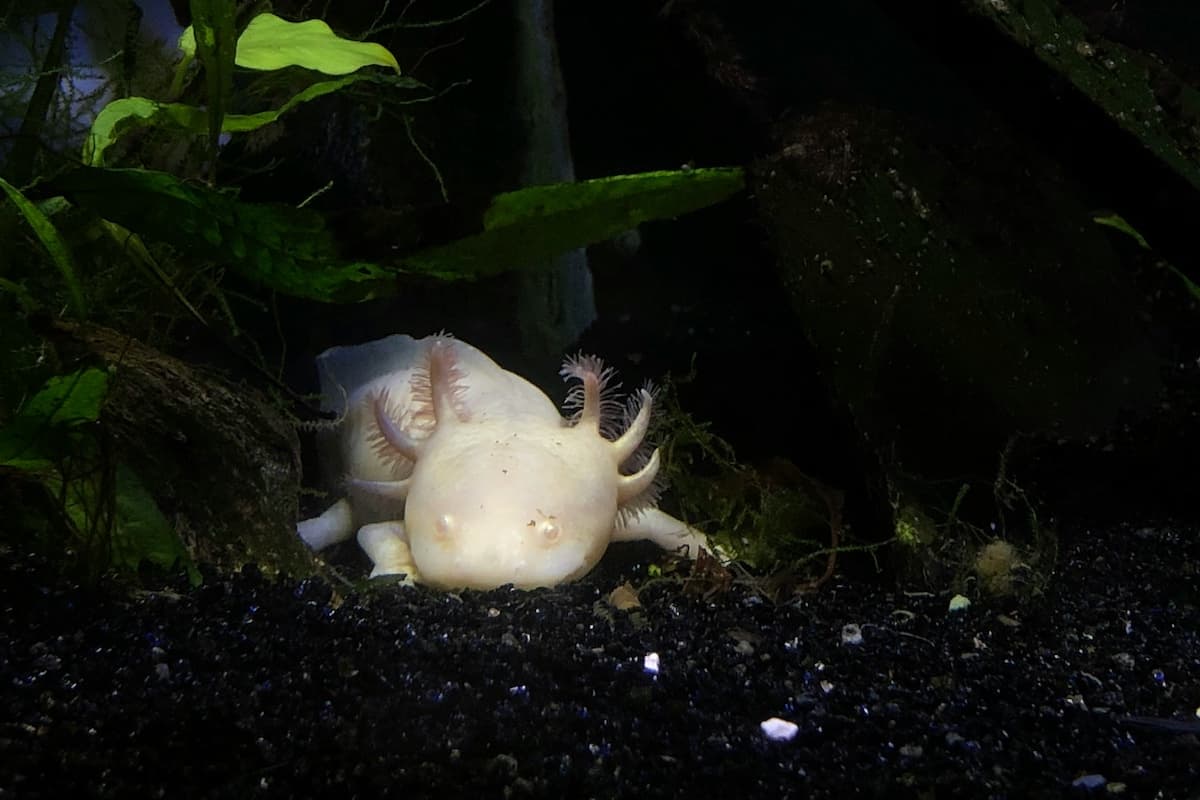The Mysterious Axolotl: The Smiling Wonder of the Deep
Unlike most amphibians, which undergo metamorphosis from larvae to adult forms, the axolotl remains in its larval stage for its entire life—a phenomenon known as neoteny. This means it retains its juvenile features, including its external gills, while still being able to reproduce. Though some axolotls can be induced to undergo full metamorphosis, they naturally prefer their underwater, youthful state.
In the hidden waterways of Mexico, an extraordinary creature defies the natural laws of aging and regeneration. Meet the axolotl (Ambystoma mexicanum)—a salamander so unique that scientists are still unraveling its secrets. With its permanent smile, feathery gills, and astonishing ability to regrow body parts, this amphibian is one of Earth’s most fascinating animals.
The Creature That Never Grows Up
Unlike most amphibians, which undergo metamorphosis from larvae to adult forms, the axolotl remains in its larval stage for its entire life—a phenomenon known as neoteny. This means it retains its juvenile features, including its external gills, while still being able to reproduce. Though some axolotls can be induced to undergo full metamorphosis, they naturally prefer their underwater, youthful state.
Masters of Regeneration
One of the axolotl’s most mind-blowing abilities is its power of regeneration. While many animals can heal from wounds, the axolotl takes it a step further—it can regrow entire limbs, spinal cords, parts of its heart, and even parts of its brain! Unlike scar tissue formation in humans, the axolotl’s cells regenerate perfectly, restoring lost body parts as if they had never been damaged.
A Creature in Peril
Despite their incredible abilities, wild axolotls are critically endangered. Once thriving in the lakes and canals of Mexico City, pollution, habitat destruction, and invasive species have pushed them to the brink of extinction in the wild. However, they are commonly bred in captivity for research and as exotic pets, keeping their species alive—at least in controlled environments.
A Hope for the Future?
Because of their regenerative abilities, axolotls have become a major focus of medical research. Scientists hope that studying their biology could lead to breakthroughs in human medicine, potentially unlocking new ways to heal injuries, repair organs, and even regrow lost limbs in the future.
The axolotl is not just an oddity of nature—it’s a living miracle with the potential to change the future of science. With continued conservation efforts, we may be able to save these remarkable creatures and, in the process, learn more about how life itself can repair and renew. Who knew that one of Earth’s weirdest animals could also hold the key to medical miracles?
